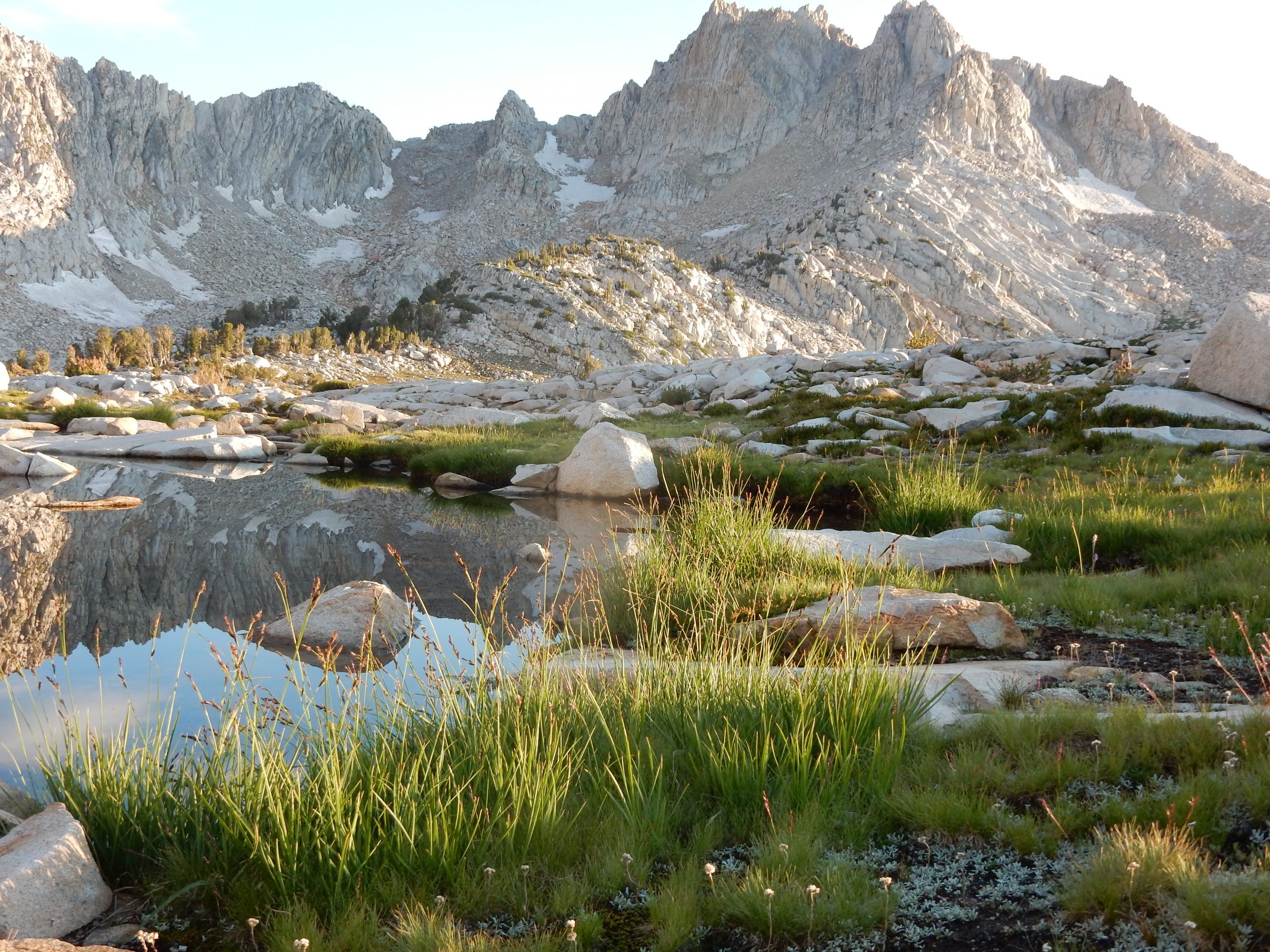Sedges are grass-like perennials typically associated with wet habitats, and have long parallel veined leaves that arise basally and are often clumping. Sedges leaves are in three rows, stems are triangular and solid, which distinguishes them from grasses that have two rows of leaves and hollow, round stems. Flowers are born on the stem in clusters and are uni-sexual, wind-pollinated, lack petals, and each has a scale-like bract beneath it.
Carex is the largest genus in California where around 200 species occur, and one of the larges genuses in the world with over 2,000 species. Due to the minor differences in morphology between the species it is difficult to identify to species by sight. Carex is a common genus used for habitat restoration due to the ability to stabilize riverbanks and shorelines.
Vegetation Communities
- Carex (aquatilis, lenticularis) Herbaceous Alliance -Water Sedge and Lakeshore Sedge Meadows
- Carex barabarae Herbaceous Alliance – White-Root Beds
- Carex breweri Herbaceous Alliance – Brewer Sedge Mats
- Carex congdonii Herbaceous Alliance – Congdon’s Sedge Talus
- Carex densa Herbaceous Alliance – Dense Sedge Marshes
- Carex echinata Herbaceous Alliance – Star Sedge Fens
- Carex filifolia Herbaceous Alliance – Shorthair Sedge Turf
- Carex helleri Herbaceous Alliance – Heller’s Sedge Fell-Fields
- Carex heteroneura Herbaceous Alliance – Different-Nerve Sedge Patches
- Carex integra Herbaceous Alliance – Small-Fruited Sedge Meadows
- Carex jonesii Herbaceous Alliance – Jones’ Sedge Turf
- Carex lasiocarpa Herbaceous Alliance – Slender Sedge Meadows
- Carex limosa Herbaceous Alliance – Shore Sedge Fens
- Carex luzulina Herbaceous Alliance – Woodland Sedge Fens
- Carex microptera Herbaceous Alliance – Small-Winged Sedge Meadows
- Carex nebrascensis Herbaceous Alliance – Nebraska Sedge Meadows
- Carex nigricans Herbaceous Alliance – Black Alpine Sedge Meadows
- Carex nudata Herbaceous Alliance – Torrent Sedge Patches
- Carex obnupta Herbaceous Alliance – Slough Sedge Swards
- Carex (pansa, praegracilis) Herbaceous Alliance – Sand Dune Sedge Swaths
- Carex scopulorum Herbaceous Alliance – Sierra Alpine Sedge Turf
- Carex serratodens Herbaceous Alliance – Twotooth Sedge Seeps
- Carex simulata Herbaceous Alliance – Short-Beaked Sedge Meadows
- Carex spectabilis Herbaceous Alliance – Showy Sedge Sod
- Carex straminiformis Herbaceous Alliance – Mount Shasta Sedge Meadows
- Carex subnigricans Herbaceous Alliance – Dark Alpine Sedge Turf
- Carex (utriculata, vesicaria) Herbaceous Alliance – Beaked Sedge and Blister Sedge Meadows
- Poa secunda – Muhlenbergia richardsonis – Carex douglasii Herbaceous Alliance – Onesided Bluegrass – Mat Muhly – Douglas’ Sedge Moist Meadow
_____________________________________
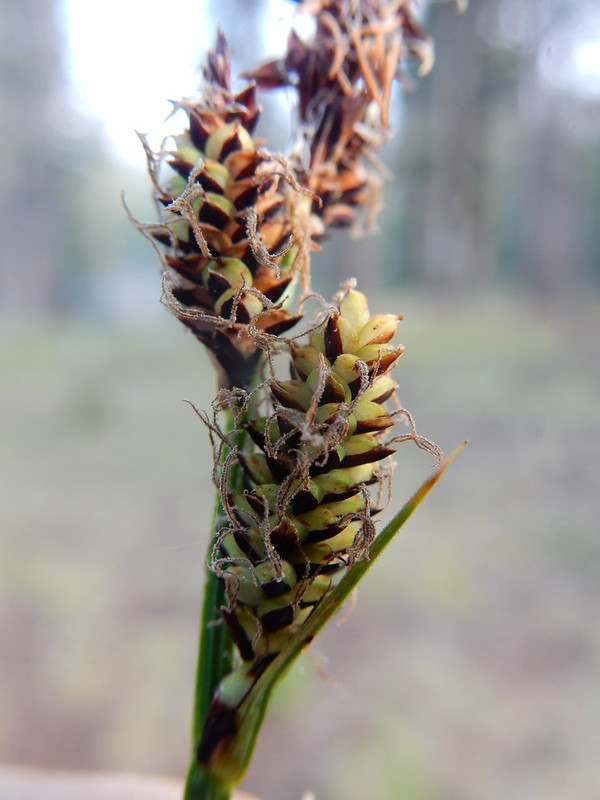
_____________________________________
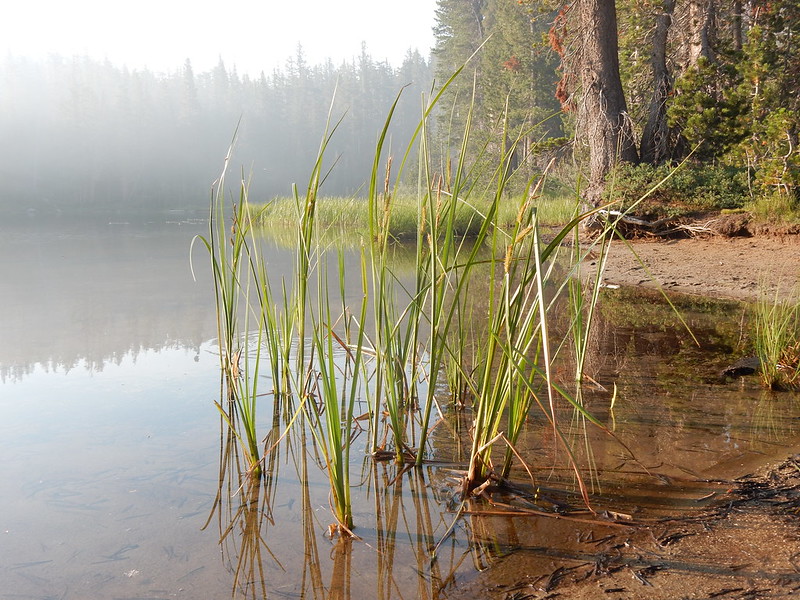
_____________________________________
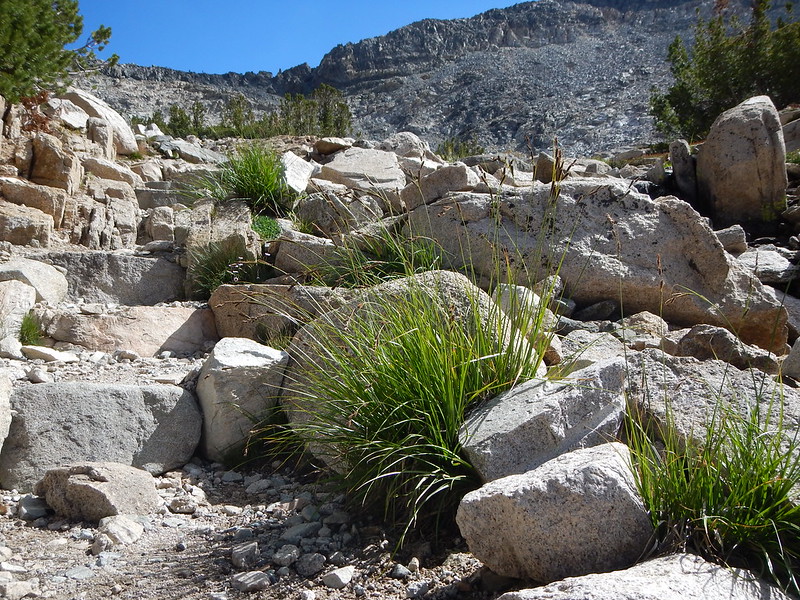
_____________________________________
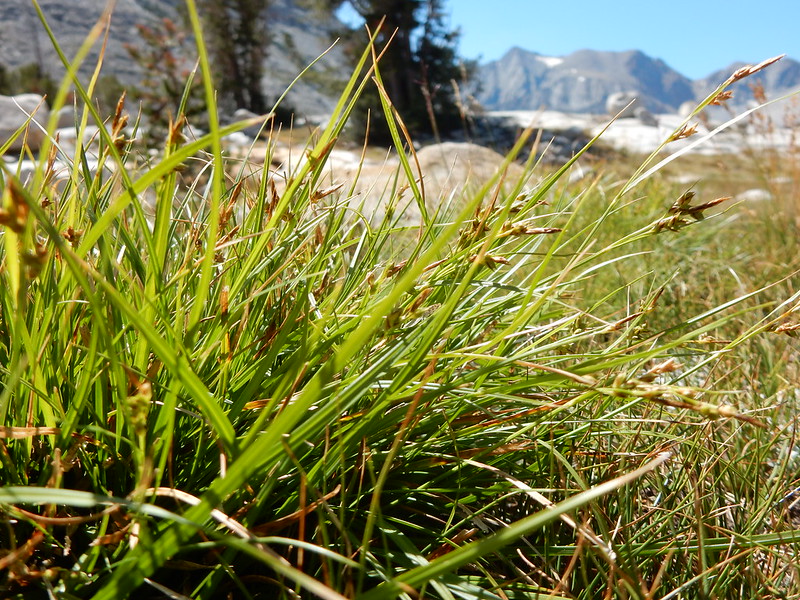
_____________________________________
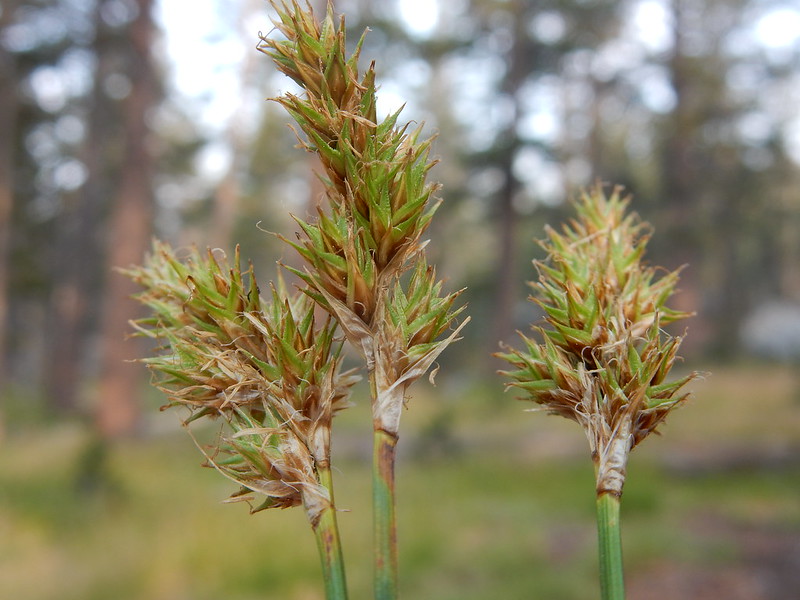
_____________________________________
Sources:
header photo, photo 1, photo 2, photo 3, photo 4, photo 5
The Jepson Manual, Introduction to California Mountain Wildflowers, California Plants: A Guide to Our Iconic Flora
